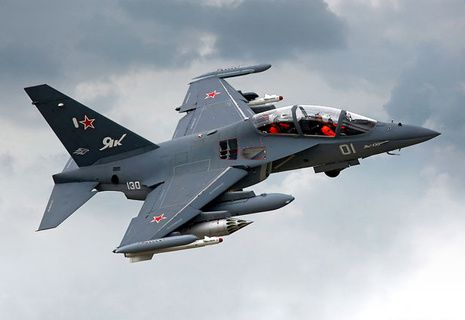08.04.2014 by Rostec
The state corporation Rostec has unveiled a new brand for the concern Radio-Electronic Technologies (KRET). The rebranding will improve capitalization and allow the concern to implement its strategy for international expansion, including integration into world markets and the introduction of an IPO.
The KRET Brand
The rebranding allows the concern to be identified by the same abbreviation of KRET in both Russian and English. This policy coincides with the strategy of its parent company Rostec, who implemented its own name change in late 2012. Given that 75% of its production has military purposes, KRET has become the leader of Russia’s military-industrial complex. The concern has also adopted a policy of increased transparency in communicating with partners, investors, and the media. The new brand gives KRET an image of strength and severity, along with openness and readiness to pursue mutual beneficial partnerships.
As KRET CEO Nikolai Kolesov noted, the rebranding will allow the concern to increase its capitalization in the long term. “An international brand and dual-language site are designed to help implement KRET’s strategy of international expansion, including integration into the world markets and the introduction of an IPO,” he said.
The new brand and dual-language site are designed to help implement KRET’s strategy for international expansion and the introduction of an IPO
Nikolai Kolesov, KRET CEO
Logo
KRET’s new logo consists of its abbreviated name graphic design, a stylized image of a pixel grid on which three symmetrical diamonds are visible. This symbolism is the essence of most of the concern’s technology: the transformation of real objects into a digital model.
“Competition in the global market is not possible without a strong, recognizable brand. Yet due to specifics of the dual-purpose enterprise, this resource is insufficiently used in Russia. Still, effective communication with the outside world is a competitive factor in the global market,” noted Vasily Brovko, Rostec communications director. “The rebranding aims to create a modern image of the concern as an innovative company with the strategic resources and objectives to develop unique, high-performance military and civilian technologies of the future that can also reach a new level of business.”
Site
KRET now has a new, multimedia website at www.kret.com. The site advances the concern’s new brand, presenting a multimedia portal for interaction with the outside world. KRET intends to adopt a policy of maximum openness with its partners, investors, and the media, which a new internet forum for feedback will help promote. To make communication with foreign colleagues as efficient as possible, information on the new site will be published in two languages, Russian and English. To increase visibility, the site will also provide videos, photos, and text about all aspects of KRET.
The strategic communications center Apostle, in partnership with SomeOneElse, one of the top creative agencies in the UK, developed the website. This team has also worked on projects for HSBC, Land Rover, BBC, Yota, Universal, and Rolling Stones. Warren Hutchinson, founder and design director of SomeOneElse led the project, which began in 2013 and took more than a year to complete.
This project sets a high standard for companies in the international market for radio-electronic technologies
Steve Haggarty, Apostle art director
“The developers were able to convey in their unique graphic language the product reliability of KRET and the stability of the company, along with its openness to cooperation, innovation, and investment. This project sets a high standard for companies in the international market for radio-electronic technologies,” said Steve Haggarty, art director for Apostle.
As part of its rebranding, the concern will use all digital communication channels, including video blogs and social networks. KRET already has official accounts in Facebook, Twitter, Instagram, VKontakte, and official channel in YouTube.
Strategy
KRET has adopted a range of initiatives for building effective communication in an effort to implement its development strategy by 2020. The concern’s priorities include creating new products for civil and military purposes, improving the competitiveness of its avionics systems, modernizing its production facilities on a large-scale, and transitioning to a complex supplier model. According to the strategy, KRET’s net profit will grow 4.5 times to 20 billion rubles in 2020, with revenue increasing more than 3 times to 204 billion rubles. By 2020, the projected capitalization of the concern is expected to exceed 237 billion rubles.
The concern Radio-Electronic Technologies (KRET) is Russia’s largest holding company in the radio-electronics industry. Founded in 2009, it is now a part of the state corporation Rostec. KRET specializes in the development and manufacture of avionics systems for civil and military aviation, air-based radar, state identification systems, radio warfare complexes, multipurpose measuring instrumentation, electrical connectors and cable systems. Additionally, the concern’s enterprises produce various household appliances, medical equipment, and control systems for energy, transportation, and engineering industries. KRET, which includes 97 enterprises, design bureaus, and production plants located in 28 constituent territories of the Russian Federation, employs more than 66,000 people.































